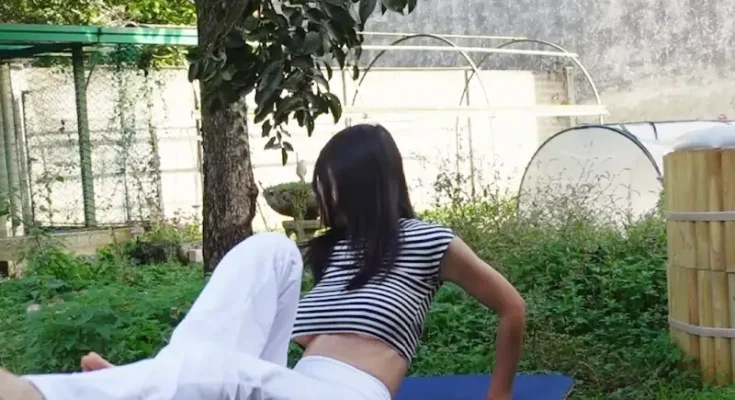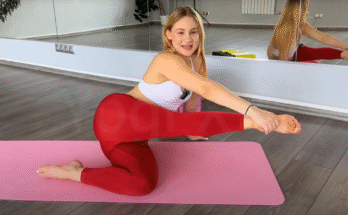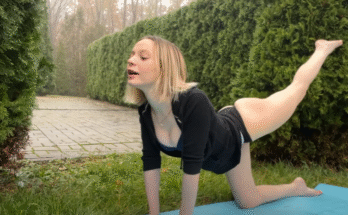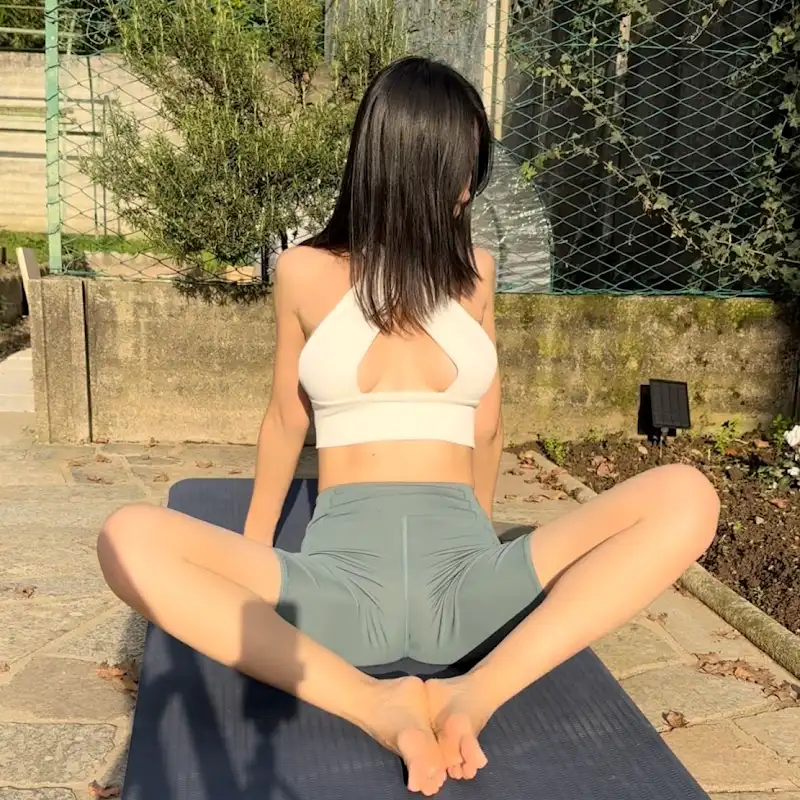
Legs stretching is one of the most important parts of fitness, health, and overall body mobility. Many people focus on strengthening their legs through exercises such as squats, lunges, or running, but they often forget the equally important component: flexibility. Stretching your legs not only helps to increase flexibility, but also improves blood circulation, prevents injuries, enhances posture, and reduces muscle soreness after workouts. Whether you are an athlete, an office worker who spends hours sitting, or simply someone who wants to move with more ease in daily life, leg stretches can make a tremendous difference.
Why Legs Stretching Matters
The legs carry us everywhere. They support our entire body weight and allow us to perform daily activities like walking, climbing stairs, bending, or even standing. Because they work so hard for us, the muscles of the legs—hamstrings, quadriceps, calves, and hip flexors—can easily become tight. Tightness leads to reduced mobility, discomfort, and even injuries.
For example, tight hamstrings can pull on the lower back, creating back pain. Tight calves can affect ankle mobility, making it harder to squat properly or even walk comfortably. Stretching releases that tension, lengthens the muscles, and restores balance between strength and flexibility.
Benefits of Leg Stretching
Improved Flexibility and Mobility
Regular stretching helps lengthen muscles and tendons, which improves overall flexibility. With better mobility, you’ll find it easier to perform everyday tasks and athletic movements without strain.
Better Circulation
Stretching increases blood flow to the muscles, which delivers oxygen and nutrients more efficiently. This helps muscles recover faster after physical activity and reduces soreness.
Injury Prevention
Flexible muscles are less likely to tear or strain during sudden movements. Stretching keeps your joints mobile and your muscles prepared for both exercise and unexpected actions.
Posture Improvement
Tight leg muscles, especially in the hips and thighs, can negatively affect posture. By stretching them regularly, you help align your spine and pelvis properly.
Stress Relief
Stretching not only benefits the body but also relaxes the mind. A few minutes of gentle stretching can release built-up stress and tension.
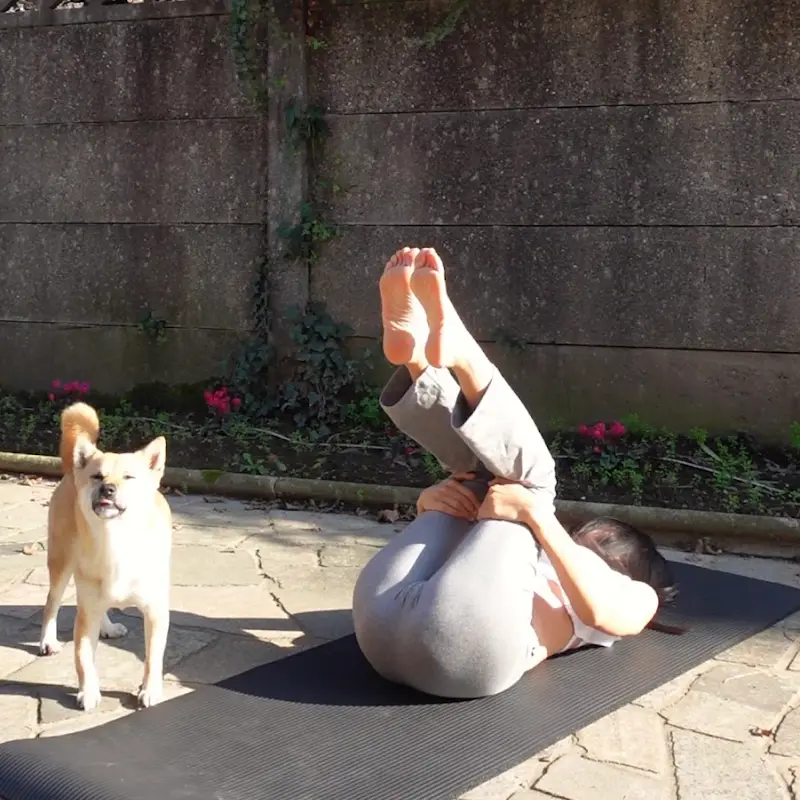
Best Times to Stretch Your Legs
- After a workout: Muscles are warm and more flexible, making it the best time to deepen your stretches.
- In the morning: Gentle stretching helps wake up the body and relieve stiffness from sleep.
- Before bed: A short stretching routine can calm the nervous system and prepare the body for restful sleep.
- During breaks: If you sit at a desk for long hours, stretching during breaks can prevent stiffness and fatigue.
Types of Leg Stretches
There are two main types of stretching you can incorporate into your leg routine:
- Static Stretching
Holding a stretch for 15–60 seconds without movement. Best after workouts for increasing flexibility. - Dynamic Stretching
Moving your body through a range of motion repeatedly, such as leg swings. Best before workouts to warm up muscles and prepare for activity.
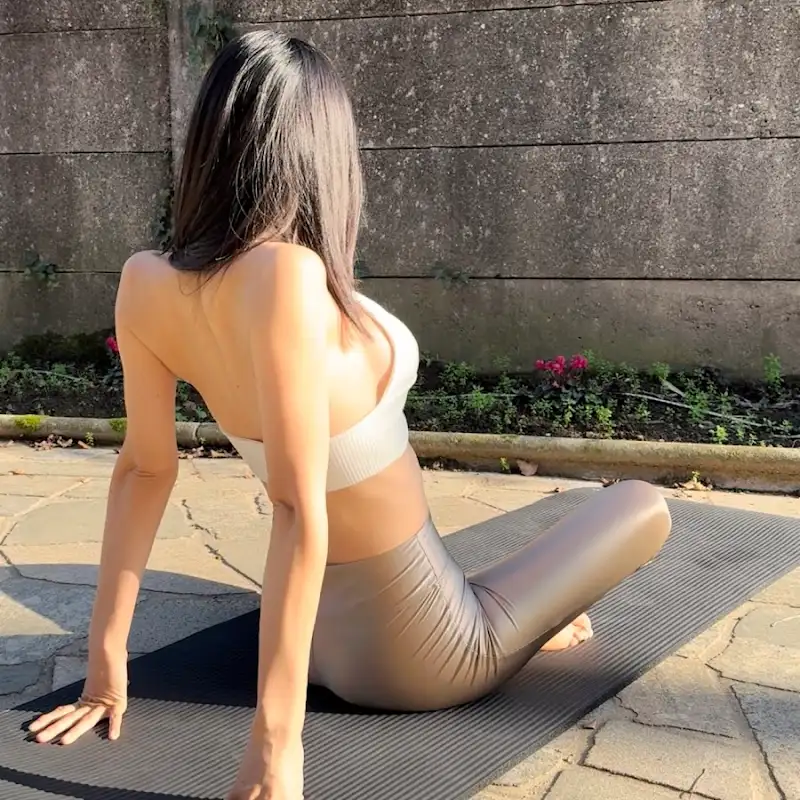
Key Leg Stretches to Try
Here are some effective stretches that target the major leg muscles:
1. Hamstring Stretch
- How: Sit on the floor with one leg extended and the other foot resting against your thigh. Reach toward the toes of the extended leg while keeping your back straight.
- Benefits: Relieves tight hamstrings and lower back strain.
2. Quadriceps Stretch
- How: Stand upright, bend one knee, and bring your heel toward your glutes. Hold your ankle with your hand, keeping knees close together.
- Benefits: Stretches the front thigh muscles and improves hip flexibility.
3. Calf Stretch
- How: Stand facing a wall. Place your hands on the wall, step one foot back, and press the heel into the floor while keeping the back leg straight.
- Benefits: Improves ankle mobility and relieves calf tightness.
4. Hip Flexor Stretch
- How: Kneel on one knee and step the other foot forward into a lunge. Press your hips gently forward while keeping your torso upright.
- Benefits: Opens tight hip flexors, which often tighten from sitting.
5. Seated Butterfly Stretch
- How: Sit on the ground, bring the soles of your feet together, and let your knees drop outward. Hold your feet and gently press your knees toward the floor.
- Benefits: Stretches inner thighs and groin.
6. Standing Forward Fold
- How: Stand with feet hip-width apart and bend forward from the hips, letting your arms dangle toward the ground.
- Benefits: Lengthens hamstrings, calves, and spine.
7. Pigeon Pose (Yoga Stretch)
- How: From a plank, bring one leg forward and place it bent in front of you, while extending the other leg back. Lean forward to deepen the stretch.
- Benefits: Opens hips, stretches glutes and hamstrings.
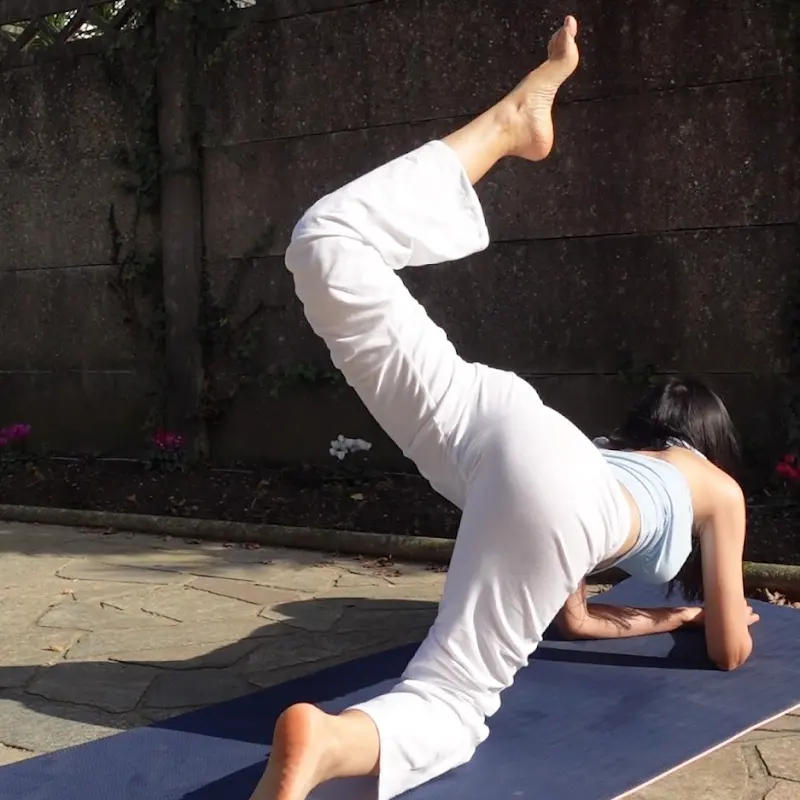
Tips for Safe Stretching
- Always warm up your body with light movement before deep stretching.
- Breathe deeply and relax into each stretch—don’t force it.
- Stretch both sides equally to maintain balance.
- Consistency is key; a few minutes daily is better than an hour once a week.
- If you feel sharp pain, stop immediately. Gentle tension is good, pain is not.
A Simple Daily Leg Stretching Routine (10 minutes)
- Standing Forward Fold – 1 minute
- Hamstring Stretch (both legs) – 1 minute each
- Quadriceps Stretch (both legs) – 30 seconds each
- Calf Stretch (both legs) – 30 seconds each
- Hip Flexor Stretch (both sides) – 1 minute each
- Seated Butterfly Stretch – 1 minute
This routine can be done in the morning to wake up your body, after workouts to recover, or before bedtime to relax.
Leg Stretching for Different People
- For Athletes: Stretching enhances performance, prevents cramps, and improves range of motion for running, jumping, and other sports.
- For Office Workers: Sitting all day shortens the hip flexors and tightens hamstrings. Stretching helps counteract the effects of prolonged sitting.
- For Older Adults: Regular stretching keeps joints mobile, reduces stiffness, and helps maintain independence in daily activities.
- For Beginners: Start slowly, hold each stretch gently, and increase time as flexibility improves.
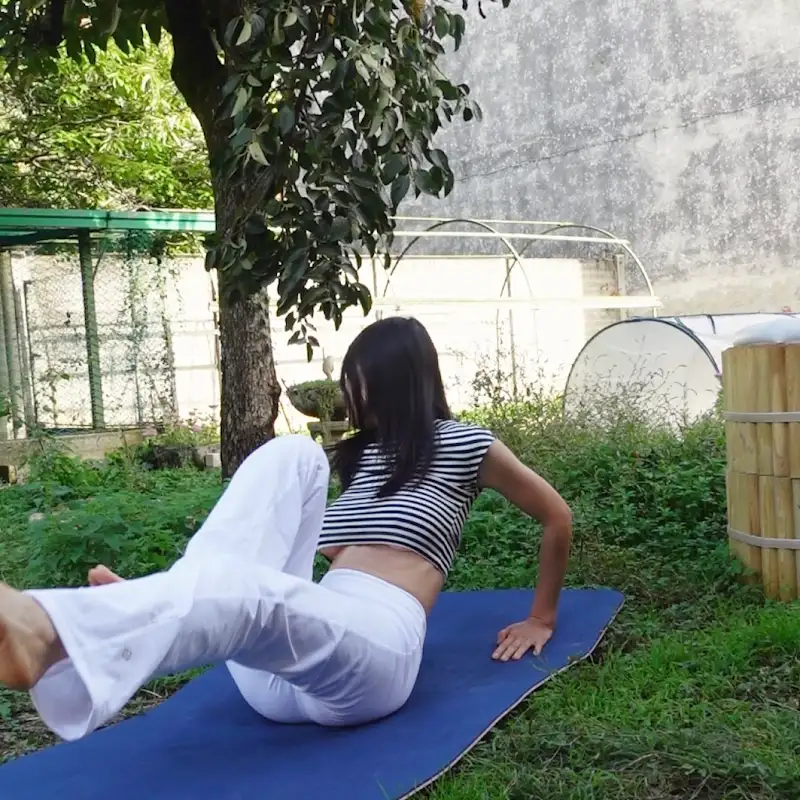
Conclusion
Legs stretching is not just an optional part of fitness—it’s essential for maintaining a healthy, active lifestyle. It supports mobility, prevents injuries, improves posture, and brings relaxation to both body and mind. With just 10 minutes a day, you can feel more flexible, reduce muscle tension, and keep your legs strong and agile for years to come.
So, whether you’re an athlete chasing performance, an office worker fighting stiffness, or someone simply looking for better movement, take the time to stretch your legs. Your body will thank you for it.
